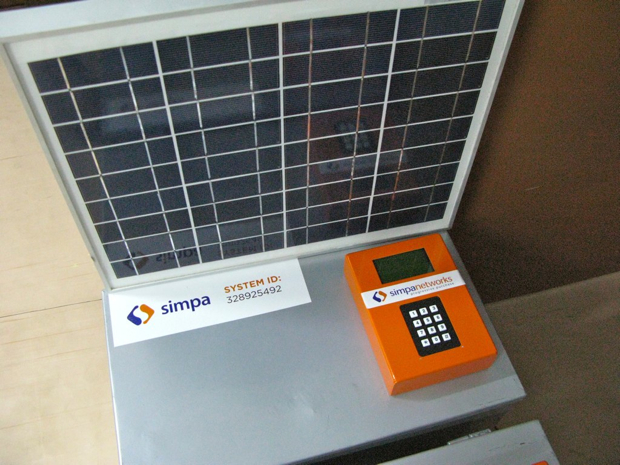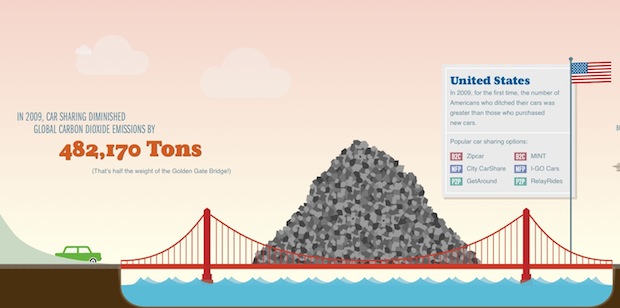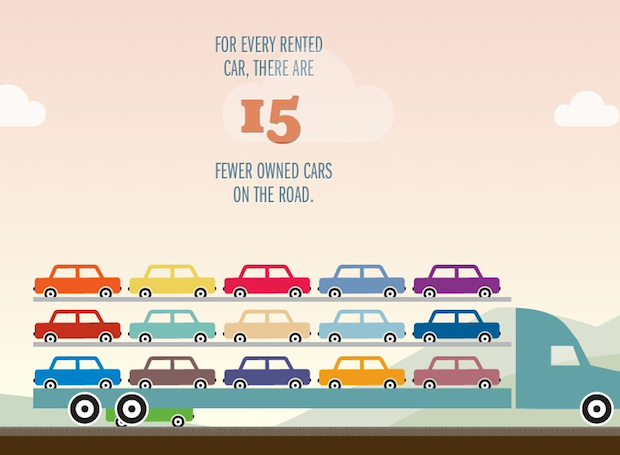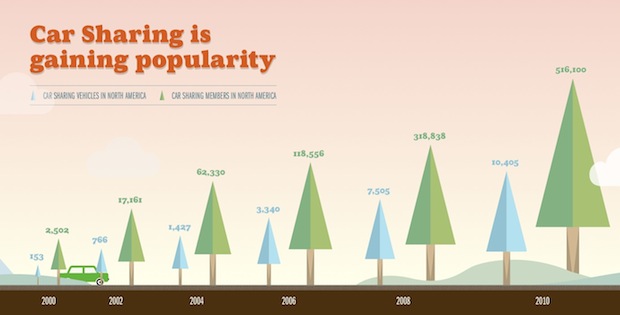If You Can't Afford Panels, Try Pay-As-You-Go Solar
by: fast company, 2011-10-27 21:14:37 UTC
Simpa Networks offers a simple solution to the expenses of solar installation: pay in installments, just like people do with cell phones.

The great paradox of poverty is that costs more to get the simple basics of life. Energy is no different, and maybe even worse. Solutions to deliver energy to the developing world have centered on technology: solar, batteries and LED bulbs. That's necessary, says Paul Needham, but it is not enough. Simpa Networks, the company Needham runs, had the great insight was that financial innovation needs to match the technology. Simpa Networks has created a pay-as-you go model for solar power. Customers in the developing world sign up for a for a free residential power system. They pay for nothing except for electricity--in small chunks--just as you would top up a mobile phone with airtime. Once they've bought enough power from their home solar system (typically buying credit from vendors or mobile carriers) the users own it. "At the core, we're making valuable things affordable by separating the thing from the service it provides. That thing is a solar energy system," says Needham. "We are charging for services that people value, at the moment they value it the most." 
The technology is relatively simple: a networked device on the residential solar system allows users to key in a code that unlocks its power for period of time equivalent to the purchased credit. Otherwise, it denies service. It's a radical idea when it comes to energy, but it's already the standard business model for airtime in around the world. It works because the poor, who can't afford a home solar system for $150 to $450, are able to buy small, irregular, and user-defined increments of energy. Eventually, they pay for the entire system creating a permanent source of power that replaces expensive and lethally polluting kerosene. A typical payback period for a family is just 3 to 5 years. With 1.6 billion without electricity in the world, mostly in developing countries, the impact and the benefits are huge, says Needham. "When you have access to energy, you can do more things and that often means you can earn more income, which then means you have the ability to spend," he says. Simpa has already signed up 30 customers in Karnataka, India, and plans to reach thousands more in the next year. It's economic and energy empowerment, on the layaway plan.
[Images: Top, Flickr user flatworldsedge; Bottom, Simpa Networks]
Reach Michael J. Coren via Twitter or email.


 Energy Efficiency Financing ‘Has $150bn Potential’; Report Compares Commercial Opt-Out Programs
Energy Efficiency Financing ‘Has $150bn Potential’; Report Compares Commercial Opt-Out Programs
by: Environmental Leader, 2011-10-27 13:58:01 UTC

Energy efficiency financing has the potential to jump from $20 billion to $150 billion over the next ten years, according to a report by Capital-E. Energy Efficiency Financing: Models and Strategies says that investment at this level would save U.S. businesses and households $200 billion a year and create more than one million full time [...]
 Scott Amron's Fruitwash Label Solves Huge Design Problem
Scott Amron's Fruitwash Label Solves Huge Design Problem
by: TreeHugger Design, 2011-10-26 14:00:00 UTC
 Scott Amron/Promo image
Scott Amron/Promo image
Someday those clever genetic engineers will design an apple with the bar code bred right into the skin, but until then someone has to tell the checkout person that is is a Mackintosh or an Empire or even that it is an apple. Designer
Scott Amron, who never ceases to amaze with his endless progression of crazy ideas like the
Keybrid,
Brush & Rinse and my alltime ...
Read the full story on TreeHugger
Crazy Steampunk Philips Concept Kitchen is Powered by Poop Gas (Slideshow)
by: TreeHugger Design, 2011-10-27 17:15:33 UTC
 Image credit Philips
Image credit Philips
The European kitchen and appliance designers, like
Philips and
Electrolux, often try to woo their customers with wild experimentation. At Philips, they are called "Design Probes" -- a research initiative that tracks trends and developments that may turn into real businesses.
Usually they are shiny and plastic; this year Philips designers
Clive van Heerden and
Read the full story on TreeHugger
How Patagonia and Opower Point the Way to Sustainable Consumption
by: Greener Design, 2011-10-19 11:45:53 UTC
Sustainable consumption is an attempt to resolve the tension between limited resources and consumer demand -- now we just need to show people how it works.

 How Small Businesses Innovate in Green Tech
How Small Businesses Innovate in Green Tech
by: Greener Design, 2011-10-21 18:56:07 UTC
A look at the differences between the patent activity of small and large innovative firms in green technologies and industries.
 Lynelle Cameron on the Power of Sustainability Tools
Lynelle Cameron on the Power of Sustainability Tools
by: Greener Design, 2011-10-23 12:00:03 UTC
Autodesk's director of sustainability talks about how software can transform the depth and scope of the design space, the importance of forging strategic partnerships and how the company strives to lead by example.

 maezm: hanji-plastic chair
maezm: hanji-plastic chair
by: Designboom - Weblog, 2011-10-26 11:45:00 UTC

created from the same base as traditional korean paper, the chair is an example of how the organic fiber can replace toxic plastic.
read more
How to Develop an Environmental Management System
by: Environmental Leader, 2011-10-26 13:13:52 UTC

Manuel Seidel on what it takes to develop an effective environmental management system, and how the ecoWheel framework can be used to establish a strategy.
 Infographic: A Driving Tour Of Global Car Sharing
Infographic: A Driving Tour Of Global Car Sharing
by: fast company, 2011-10-26 15:30:05 UTC
This interactive infographic explains some of the benefits of car sharing, and how it's revving up around the world.

Most urban Americans are--by this point--likely aware of car sharing and the potential benefits it can bring. Owning a car can be an expensive proposition, given upkeep, parking, and insurance. And with public transit nearby, there isn't much need for a car except in very specific circumstances. Thus, renting a car from a company or a neighbor just for the moments you need one becomes quite economical.
Given those realities, and new technology that is making it easier to implement, car sharing is taking off around the world. A new infographic, designed by Hyperakt and created by the Collaborative Fund (the folks behind the collaborative consumption house graphic), lets you drive a car through a landscape that shows the benefits of car sharing. For instance:

Car sharing, by its very existence, helps reduce traffic and congestion. As you can see in the image at the top of this post, that makes a huge difference for the environment, as well: Car sharing around the world led to a reduction of half a million tons of carbon.
And that's just the beginning. Car sharing is beginning to boom in North America, with 100 times the number of vehicles available to be shared than 10 years ago, and more than half a million people participating:

And that's just in North America. As the car in the graphic makes its way through the whimsical landscape, you can click on various flags to find stats and info about the companies and services offering car sharing around the world, from places like France (whose municipal car sharing we wrote about here) to smaller countries like Costa Rica.
You can play with the full infographic and get the full car-sharing picture here. Make sure you click on some of the animated animals. You'll be pleasantly surprised.








Comments by our Users
Be the first to write a comment for this item.